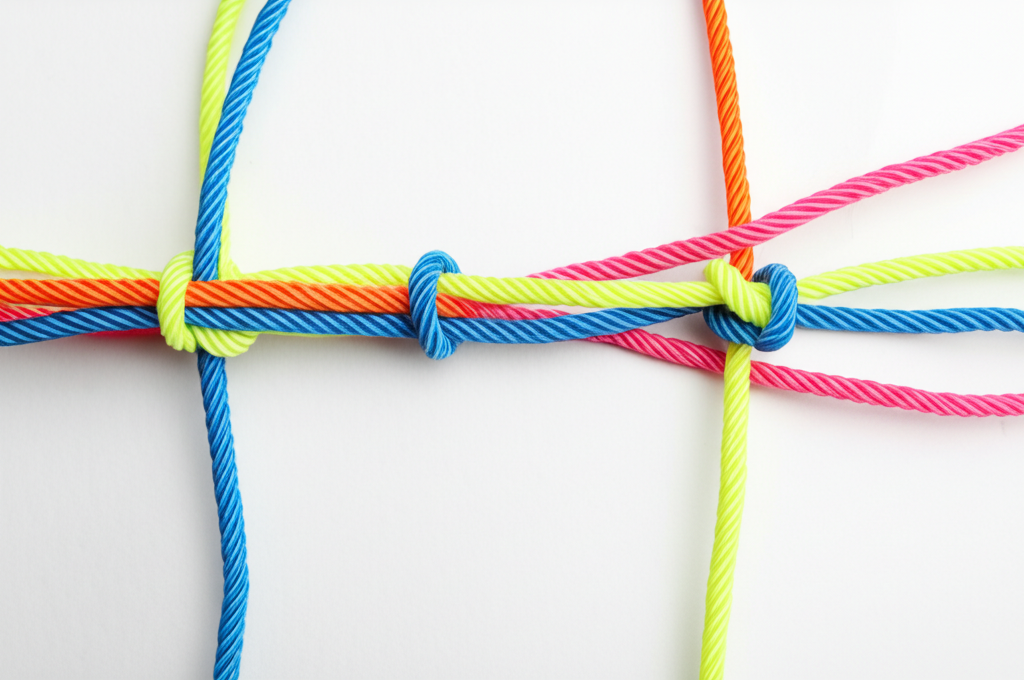How to Set Healthy Boundaries in Any Relationship

Alex Rivera
Relationship Coach

Boundaries are the invisible lines that define where you end and another person begins. They're the limits and rules we set for ourselves and others regarding acceptable behavior, treatment, and interaction. Far from being barriers that push people away, healthy boundaries actually create the safety needed for authentic connection to flourish.
Many of us struggle with boundaries because we fear rejection, conflict, or disappointing others. However, unclear boundaries often lead to resentment, burnout, and relationship breakdown over time.
Why Boundaries Matter
Healthy boundaries allow you to:
Signs You May Need Better Boundaries
Types of Boundaries
**Physical boundaries** relate to your personal space, privacy, and body. Examples include determining who can touch you and how, your comfort with physical affection, and your need for alone time.
**Emotional boundaries** involve separating your feelings from others'. This includes recognizing that you're not responsible for others' emotions and protecting yourself from emotional manipulation or dumping.
**Time and energy boundaries** concern how you spend your resources. This means being intentional about commitments and recognizing your limitations.
**Digital boundaries** relate to online communication expectations, social media sharing, and technology use during time together.
How to Set Healthy Boundaries
1. Get clear on your values and needs
Before setting boundaries, reflect on what matters most to you and what you need to feel safe and respected in relationships. Consider areas where you feel drained or resentful as clues to boundary needs.
2. Start small and be specific
Begin with less emotionally charged boundaries before tackling more difficult ones. Be clear and specific about your expectations rather than making vague requests.
3. Use 'I' statements
Frame boundaries in terms of your feelings and needs rather than criticizing or blaming others. For example: 'I need some alone time after work to decompress' rather than 'You're too demanding of my time.'
4. Be consistent
Boundaries only work when consistently maintained. If you make exceptions regularly, others won't take your boundaries seriously.
5. Prepare for pushback
When you start setting boundaries, especially with people not used to them, expect some resistance. This doesn't mean your boundaries are wrong—often it's a sign they're necessary.
Examples of Healthy Boundaries
The Path Forward
Setting and maintaining healthy boundaries is an ongoing practice, not a one-time event. With time, it becomes easier to recognize and communicate your limits. The initial discomfort of setting boundaries is temporary, while the benefits to your relationships and well-being are long-lasting.
If you're struggling with setting or maintaining boundaries, Kora can provide personalized guidance tailored to your specific relationship dynamics. Our AI relationship coach is available 24/7 to help you navigate these challenges and build stronger, healthier connections.
Need Personalized Relationship Advice?
Kora provides tailored guidance for your specific situation, available 24/7 through WhatsApp.